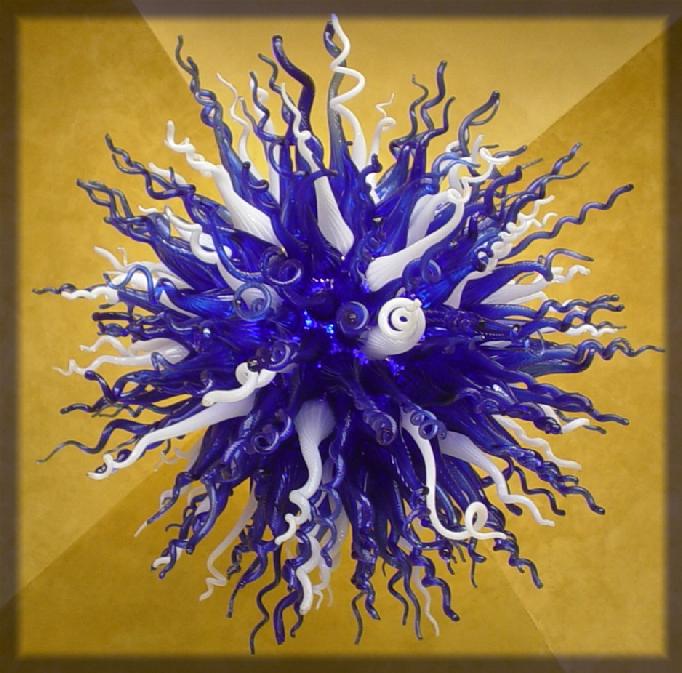The Krebs cycle, or the citric acid cycle, was discovered in 1937 by a German man named Hans Adolf Krebs. Krebs is not only known for the Krebs cycle but he is also known by the urea cycle. The urea cycle is where animals convert toxic waste nitrogen to urea which can then be exerted. These discovery were huge to the science revolution and they made a big impact to how we understand life and its components.
II. Discovery
As I said above the Krebs cycle was discovered by Hans Adolf Krebs in the year of 1937. The Krebs cycle occurs in an aerobic organism that is part of the metabolic pathway where it converts carbohydrates into water and carbon dioxide for usable energy in cellular respiration. The Krebs cycle starts with a glucose molecule and that glucose molecule is broken up due to the process of glycolysis into two pyruvates or pyruvic acids. Glyciolysis occurs in the cytoplasm. Remember, the Krebs cycle must go around two times to create one PGAL or G3P (glyceroldeyhde 3 phosphate). The next step of the Krebs cycle is the pyruvate joins with CoA, or coenzyme A, and forms a two carbon molecule called an acetyl group. After this acetyl group is formed, it joins with a four carbon molecule called oxaloacetic acid forming a six carbon molecule called citric acid. This is why the Krebs cycle is also referenced as the citric acid cycle. Throughout theKrebs cycle carbon dioxide molecules are released. For example, when the citric acid is oxidized back to Oxaloacetic acid it releases two carbon dioxide molecules becuase a six carbon molecule to a four carbon molecule realeses two carbons with resuts to two carbon dioxide molecules being released. WHen the Krebs cycle goes around ATP, NADH, FADH2 molecules are formed. Throughout two cycles of the Krebs cycle one is left with 4 ATP molecules, 10 NADH molecules, and 2 FADH2 molecules. Now, needed for cellualr respiration it is around 36-38 ATP molecules. So, you say how am I supposed to get 36-39 ATPs when I now only have 4? Well, when these molecules are brought down the electron transport chain each NADH molecules makes 3 ATP molecules. Also, each FADH2 molecule accounts for 2 ATP molecules. Now, if you do the math you have 4 ATPs+ 30 ATPs+4 ATPs which makes 38 ATP molecules!
Figure 1:

III. Biography of Investigator
The investigator and founder of the Krebs Cycle or Citric Acid Cycle was Hans Adolf Krebs. Hans was born in Hildesheim, Germany in the year of 1900. Krebs, at the age of 32 years old, joined the German army despited him being of the Jewish religion. In 1933, Hans went to studying medicine and the urea cycle at the University of Freiburg. He then had to flee Germany due to his Jewish religion and he then went to England. Hans was then invited to Cambridge to study with Sir Frederick Gowland Hopkins. He finished research of the urea cycle in 1932 and he finished his reasearch of the Krebs cycle in 1937 at the University of Sheffield. He then was awarded a Nobel Prize in Physiology in 1953 and Hans was also knighted in 1958. It then was the year of 1981 when this point comes to everybody at a time in their life, Hans Adolf Krebs died. It's sad but when he was living he lived a beautifully long life in the fields of the sciences. (Which is awesome, of course.)
Figure 2: 
IV. Impact on World Society The Krebs cycle has by no doubt change the scientific view of cellular respiration. People used to view eating foods and them giving you energy and used to think nothing of it. Now we know why if a little kid eats a candy bar why he gets so hyper because in the mitochondrion of the kid he is going through the process of the Krebs cycle and these sugars are converted into energy that we can use for our cells and their functions for everyday life.
V. Journal Article Review This journal article gives examples of all the labs that the scientists undertook. It first explains the Krebs cycle and then it later goes onto how their experiments prove the points stated during the explanation of the Krebs cycle. I know this article is very hard to understand and it has a very long title but it gives examples of the Krebs cycle outside of the textbook. It gives examples of how the contribution of gucogenogenesis and glycogenolysis to glucose and how it can change the carbon exchange at the beginning of the Krebs cycle.
Journal: http://www.jci.org/articles/view/113206/scanned-page/1309
VI. Videos
1) http://www.youtube.com/watch?v=juM2ROSLWfw
2) http://www.youtube.com/watch?v=WcRm3MB3OKw&feature=related
VII. References/Sources
1) Krebs, H. A., The History of The Tricarboxylic Acid Cycle, Perspect Biol. Med, 14: 166-167. (1970). Retrieved from: http://www.oup.com/us/companion.websites/9780195305753/pdf/Hans_Krebs_Citric_Acid.pdf
2) Reagan, Doran, Steps of the Krebs Cycle. (1999) Retrieved from: http://www.ehow.com/how-does_5262273_steps-krebs-cycle.html
3) A Consoli, F Kennedy, J Miles, J Gerich. Determination of Krebs cycle metabolic carbon exchange in vivo and its use to estimate the individual contributions of gluconeogenesis and glycogenolysis to overall glucose output in man. (1987) Retrieved from: http://www.jci.org/articles/view/113206/scanned-page/1303



